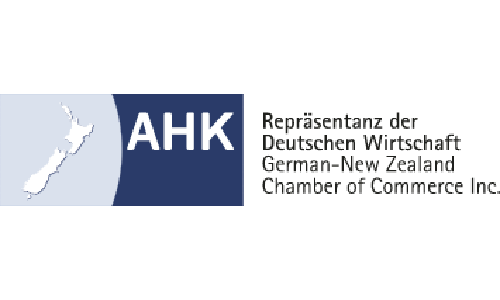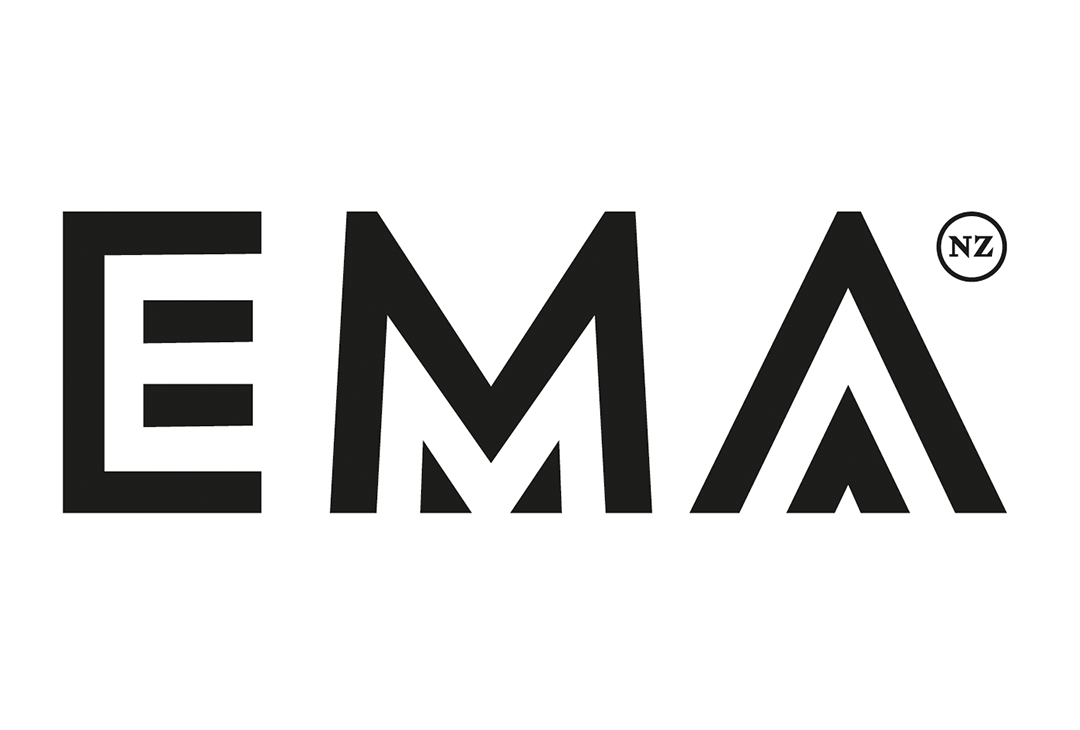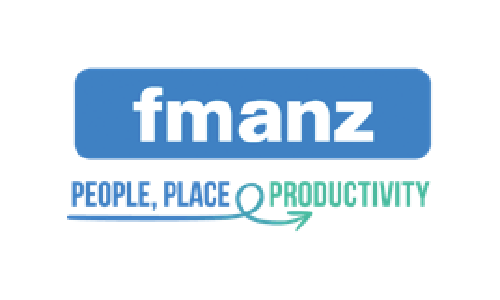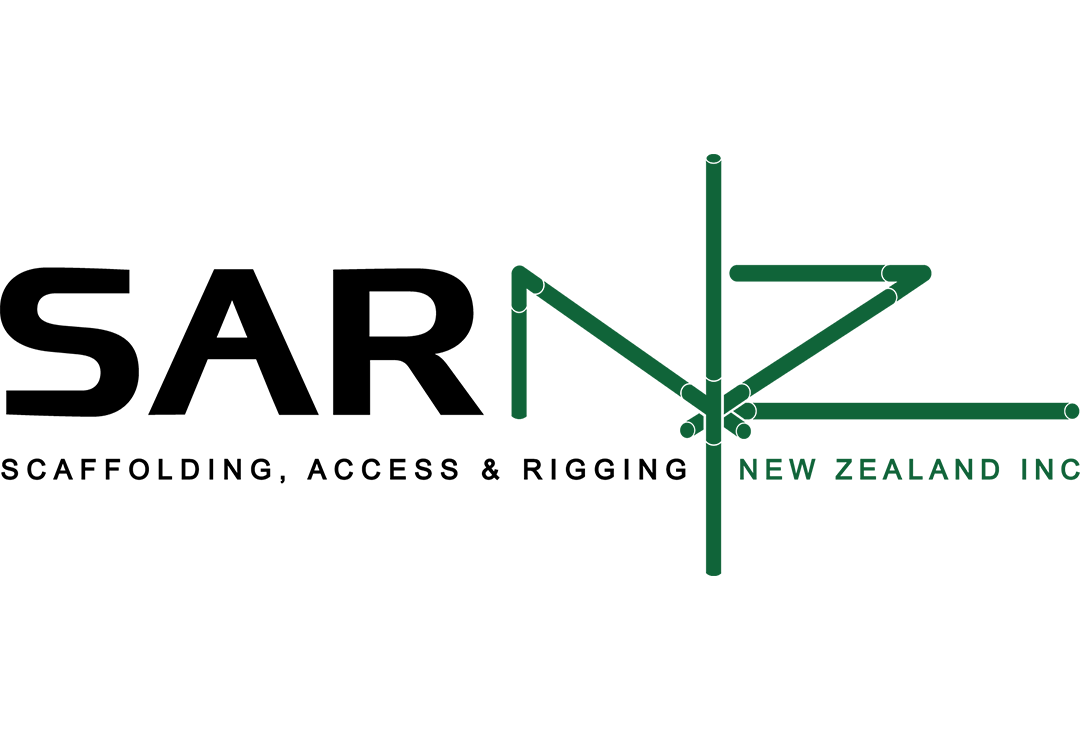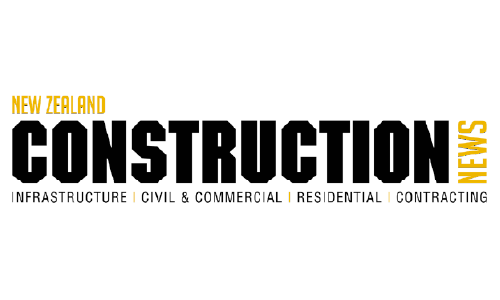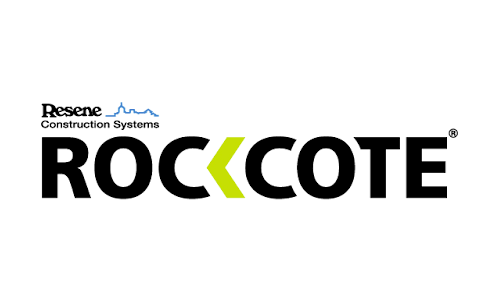Data-driven decision-making holds promise for facilities management
MONDAY 1ST AUGUST 2016

There’s a ‘universal revolution’ going on all around us and it has exciting implications for the facilities management industry. That revolution is the emergence of the digital age, in which information technology is impacting all aspects of life, providing the opportunity to know more and take meaningful actions based on insights instead of guesswork.
And, says Dona White, CEO of North Port Events, data driven decision-making presents a considerable opportunity for forward-looking facility managers. “With the availability today of low-cost sensors which can be deployed throughout buildings, coupled with the by-now ubiquitous internet protocol networks, the possibility of automatically keeping track of just about anything and everything is a reality,” she notes.
Be that as it may, she says the concept of data driven facilities management is in a nascent phase. “This means those architects, renovators and building managers with an eye on the future are presented with the opportunity to be first to market with smarter ways of managing their properties.”
The trend towards the convergence of the facilities management and IT management disciplines has progressed steadily over the course of several decades, as the applicability of technology to improve building performance and reduce costs becomes apparent. In particular, ‘big ticket’ costs like energy can be better managed by accessing the data contained in automation systems that operate energy consuming equipment in their facilities.
Data-driven insights extend further. When facilities managers have the ability to know how buildings measure up on metrics that can include which buildings, suppliers, managers, and operating practices correlate with the best financial results, they can improve their performance. With consistent methods to assess asset value as it relates to operational and energy performance, they can fully quantify the investment value of capital projects.
While the sorts of tools to know and understand the performance of core assets have been available to senior business executives for some time, the facilities manager hasn’t enjoyed the same level of visibility, despite controlling some of the most valuable assets on the balance sheet. Analytic tools now available can give facility managers the insights they need to identify deviations in performance, equipment faults, sub-optimal performance, and identify correlations and contributing factors.
That means the ability to manage facilities more accurately, with greater convenience and at reduced cost, while providing the information to assess, prioritise and justify expenditures for improvements.
White says facilities managers, architects, builders and those who provide information technology solutions to these and other industries have a unique opportunity to assess the status of data-driven insights in the New Zealand facilities management market.
“The Facilities Integrate trade exhibition brings together these two converging worlds. With over 100 exhibitors and a packed agenda, delegates can discover the latest developments, check out emerging trends and rub shoulders with the companies that make facilities management, automation and information technology-driven buildings a reality today.”
Issued on behalf of Facilities Integrate by PR Republic.
Contact - Leandri Smith, PR Republic, 027 365 9003, leandri@prrepublic.co.nz
